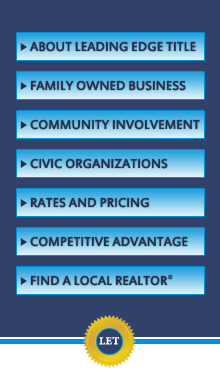
New York—Prudential Real Estate Investors (PREI) said that commercial real estate prices are on the rise worldwide as economies rebound internationally, but expressed concern that loose monetary policy could be driving property valuations.
In its June 2014 Global Outlook, PREI reported that Europe’s economy “appears to have broken the shackles of recession, recording five straight quarters of growth.” Meanwhile, the recovery of the U.S. economy, which is leading GDP growth worldwide, “is regaining momentum after a weather-related slowdown in the first quarter.”
PREI noted that real estate performance tends to track economic expansion. “Global GDP forecasts point to a pick-up in growth this year, boosting sentiment among real estate investors.” It noted, though, that investor sentiment at this point still appears to be what is driving the continuing and steady yield compression in commercial real estate as rental growth remains “sluggish” overall.
“[W]e are concerned that pricing is becoming detached from fundamentals, reflecting the sheer scale of policy support from exceptionally low central bank interest rates and Quantitative Easing (QE),” stated the PREI report. Rental growth varies across markets, regions and sectors, but yields are “moving in a uniform way,” stated the report. “[C]ap rates continue to compress slowly but steadily in all regions.”
At a Prudential press conference, Edward Keon Jr., managing director and portfolio manager, Quantitative Management Associates, said that despite the first quarter GDP decline of 2.9 percent in the U.S., the investment advisor continues to forecast rapid economic growth for the rest of the year. Keon predicts a second quarter GDP expansion of 5 percent for U.S., and annual GDP growth of 3 percent for this year going into next year.
Spending by businesses in the U.S. economy is expected to rise in the second quarter, with both the housing and employment markets in the U.S. continuing to improve.
PREI estimates that annual global property prime rental growth is currently stable at about 2.5 percent–slightly below its 10-year average of 3.3 percent. On a global basis, rental growth in the industrial sector is leading that in other property sectors.
PREIT’s Outlook reported that office and retail in fast-growing Asian and Latin American markets are at the most advanced part of the real estate cycle, experiencing “strong growth and high development.” Real estate markets worldwide that are experiencing the “early recovery” stage of the business cycle are the U.S. tech and energy corridors, north Europe CBDs, U.S. industrial markets and U.S. apartment markets. Behind this group, in “late recovery,” are financial and government-led office markets, housing-led markets and Eurozone periphery. And the laggard on the business cycle is the retail sector, although lower-end, grocery-anchored stores remain well-rented and prime rents in cities such as Manhattan, London and Paris have been driven up by demand for luxury flagship stores.
As in the U.S., a great amount of liquidity is also flushing countries in Europe and Japan, as the government in those countries, too, pursue monetary easing. Robert Tipp, managing director and chief investment strategist with Prudential Fixed Income, said that economists are expecting an interest rate increase in the U.S. and “the question is how soon, how much.”
How will rising interest rates affect commercial real estate valuations in U.S.? In its Outlook, PREI said that increases in cap rates that result from higher interest rates will be offset by more bullish investor sentiment as the economy improves. Investors’ expectation for greater rental growth, and perception of lower risks, will counterbalance higher interest rates.
Peter Hayes, global head of investment Research at PREI, said that he was optimistic about commercial real estate markets globally. He noted the European real estate markets are about two to three years behind the U.S. market in the cycle. Hayes said that the low levels of new development in the U.S. will mean that rent increases can still be achieved despite the weak employment growth in the U.S. economy.
Thank you: Multi-Housing News

